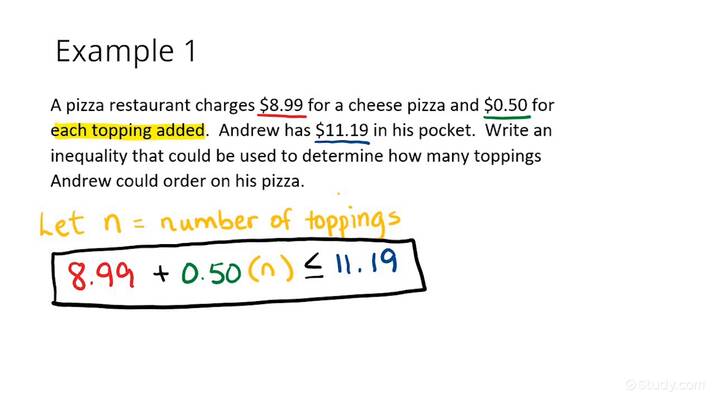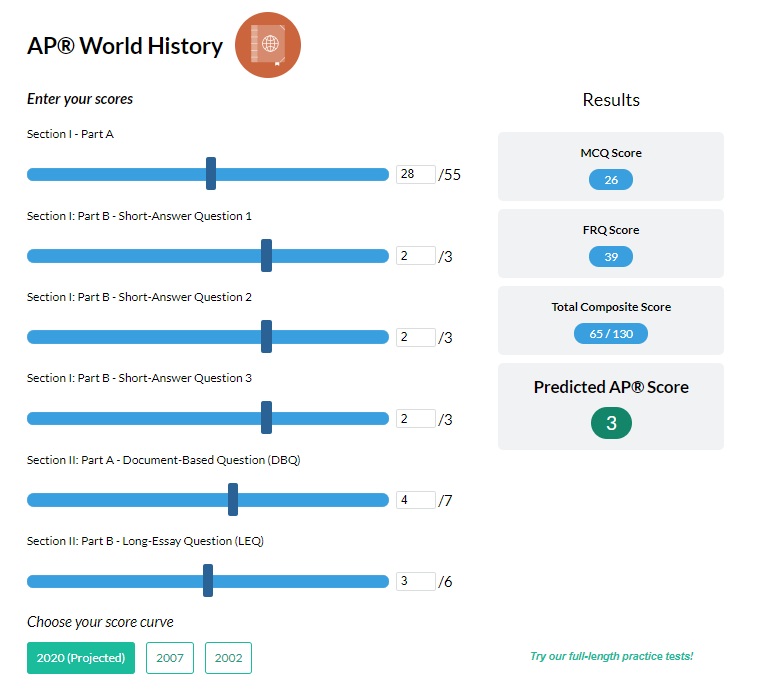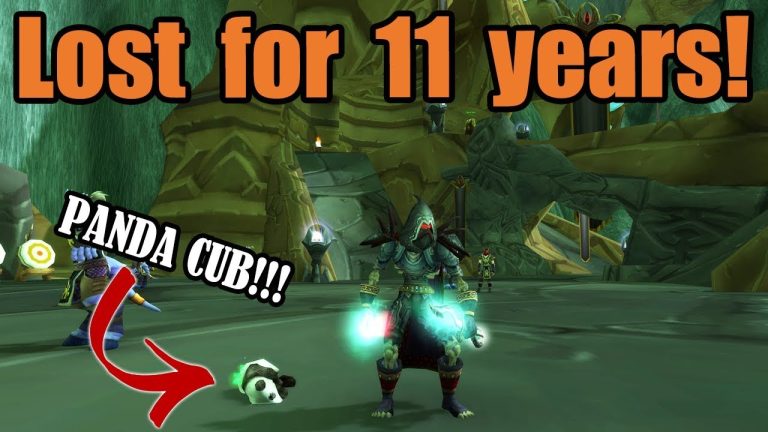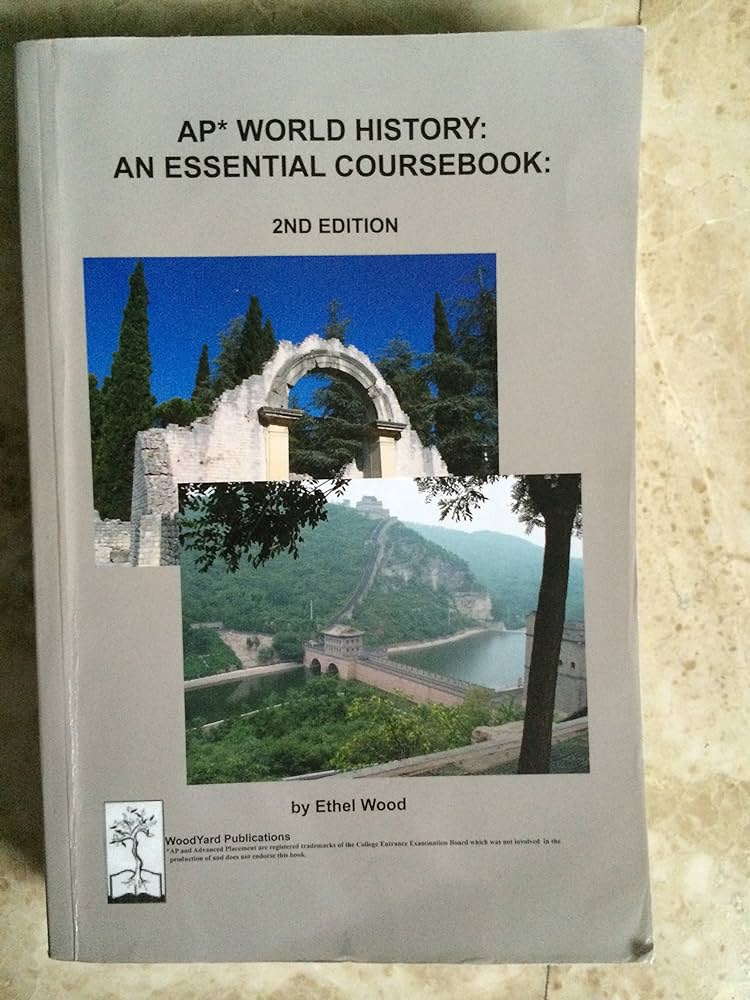World War I An Illustrated History
World War I An Illustrated History is a comprehensive and insightful book that provides a deeper understanding of the events and people of the Great War, as well as the impact it had on the world. Covering the causes, battles, and aftermath of World War I, the book is filled with stunning images and detailed accounts of the war. It also examines the political and economic aspects of the conflict, as well as its enduring legacy. By highlighting the human tragedy of the war, World War I An Illustrated History offers an invaluable resource to all those interested in learning more about this pivotal event in history.
Overview of World War I
World War I (1914-1918) was a global conflict centered in Europe, pitting the Central Powers (Germany, Austria-Hungary, Turkey, and Bulgaria) against the Allied Powers (Great Britain, France, Russia, Italy, Japan, Romania, and the United States). Nearly 40 million casualties resulted from the war, including over 8 million deaths, making it one of the deadliest conflicts in human history. The war was also marked by the introduction of new technologies, including tanks, submarines, poison gas, and aircraft, which together revolutionized the ways in which combat was conducted.
This blog section will provide an illustrated history of World War I, exploring the major battles, key players, and the transformation of warfare during the conflict. We will examine the technological advances of the war, the long-term consequences of the treaty that ended it, and the legacy of the war in popular culture. We will also discuss the origins of the war, the impact of the United States’ late entry in the conflict, and the role of propaganda in the shaping of public opinion. Finally, we will explore the war’s legacy in the form of monuments, memorials, and museums that serve to honor the sacrifices of those who served and died during the war.
Causes of World War I
World War I (WWI) is a conflict that changed the course of history and changed the way we think about war and conflict. The war began in 1914 and lasted until 1918, resulting in millions of casualties and seismic geopolitical changes. It is one of the most studied wars in history and its causes remain highly contested to this day.
The immediate cause of World War I was the assassination of Archduke Franz Ferdinand of Austria-Hungary, but the underlying causes of the conflict are far more complex. Many historians point to a series of agreements between European powers that became known as the Triple Alliance and the Triple Entente. These agreements, along with a series of arms races and military buildups, created a tense atmosphere that pushed Europe toward war.
The arms race between Germany and Great Britain was a major factor in the conflict. Germany’s militaristic policies, especially its decision to launch a massive naval buildup, alarmed the British government. This led to a naval race between the two powers, with each nation trying to outbuild the other.
The colonial rivalry between Britain and France also played a role in the conflict. France had long been jealous of Britain’s colonial holdings and was determined to increase its own presence in the world. This led to a series of conflicts in Africa and other parts of the world, which further stoked the fires of war.
Ultimately, the combination of these factors and others created a powder keg that ultimately exploded into WWI. In order to understand the full scope of the war, it is essential to understand its complex causes.
Major Battles of World War I
World War I was one of the deadliest conflicts in human history, with approximately 10 million people killed in battle. A major part of the conflict was the numerous battles that took place on land, sea, and air. Here, we take a closer look at some of the major battles of World War I and the impact they had on the war’s outcome.
The Battle of the Somme was one of the largest and most destructive battles of World War I. It took place between July and November 1916 and resulted in over one million casualties. The battle saw a series of advances by the Allies, but ultimately failed to break through the German lines.
The Battle of Verdun was one of the longest and most costly battles of the war, lasting from February to December 1916. It saw over 700,000 casualties on both sides and was a major turning point in the conflict. The German forces were eventually forced to retreat, marking a significant Allied victory.
The Battle of Passchendaele was a major battle fought in Belgium between July and November 1917. It was one of the bloodiest battles of the war, with both sides suffering heavy losses. The Allies managed to make some territorial gains but were ultimately unable to break through the German lines.
The Battle of Gallipoli was a major campaign fought by the Allies against the Ottoman Empire. It lasted from April 1915 to January 1916 and resulted in a humiliating Allied defeat. The campaign was a major setback for the Allies, as it stalled their plans to push into the Ottoman Empire.
The Battle of Jutland was the largest naval battle of World War I and took place in the North Sea in May 1916. The battle resulted in a tactical stalemate, with both sides suffering heavy losses. It was a major setback for the Allies, as it prevented them from gaining control of the seas.
These major battles of World War I all had a significant impact on the conflict’s ultimate outcome. They resulted in huge casualties and saw both sides struggle to gain the upper hand. Ultimately, the Allies managed to prevail, but at a great cost in terms of lives lost.

Impact of World War I on Society
The impact of World War I on society was massive. It is widely acknowledged that WWI irrevocably altered the way nations conduct war, but it also had a lasting impact on society at large. The war resulted in massive changes in technology, economics, politics, and culture, reshaping the world in a way that can still be felt today.
The war changed the way warfare is conducted. New weapons, such as tanks, airplanes, and machine guns, were introduced and quickly adopted. These weapons revolutionized the battlefield, resulting in much higher casualty rates and a greater emphasis on tactics.
The war also had a significant economic impact. Many countries were forced to borrow heavily to finance the war effort and this resulted in significant economic instability. This instability led to the establishment of the League of Nations and the beginning of international economic regulation.
WWI also had a major political impact. Many European countries had their borders redrawn, leading to the creation of many new countries. It also led to the end of the traditional European power structure and the beginning of a new era of international relations.
Finally, the war had a deep impact on culture. It marked a shift away from traditional values, with a focus on progress and modernity. This shift was reflected in the art and literature of the time, which often focused on themes of death, loss, and suffering.
WWI was a major turning point in human history and its effects can still be felt today. Its legacy can be seen in the way warfare is conducted, the economic and political systems of the world, and the culture of the time.
Legacy of World War I
World War I is one of the most important events in modern history, which had a lasting impact on the world we live in today. The war itself had a devastating effect on the global community, resulting in the deaths of millions of soldiers and civilians alike. However, the war also brought about significant changes in international relations, political systems, and social movements. The legacy of World War I can still be seen in many aspects of our lives, from the rise of new nations to the emergence of new forms of warfare.
In terms of politics, the war saw the breakdown of the old European empires and the emergence of new nations, such as Yugoslavia and Czechoslovakia. It also saw the start of the rise of fascism in Europe, with the establishment of Nazi Germany in 1933. In terms of warfare, the war saw the development of new weapons and tactics, such as trench warfare and the use of poison gas.
In terms of social movements, the war had a significant impact on the feminist movement, with women taking on new roles in society as nurses, factory workers, and even soldiers. It also saw the emergence of pacifism and the rise of international organizations such as the League of Nations.
Overall, the legacy of World War I is still felt across the world today, in terms of politics, warfare, and social movements. The war had a profound effect on the world we live in today, and it is important to learn about the legacy of this conflict in order to understand the world we live in today.
Summary of World War I
World War I, also known as the Great War, was one of the most devastating wars in history. It lasted from 1914 to 1918 and resulted in the deaths of millions of people. The war began on June 28, 1914 when the Austro-Hungarian Empire declared war on Serbia, following the assassination of Archduke Franz Ferdinand. It soon engulfed Europe and beyond, with the United States entering the war in 1917.
World War I was a four-year conflict between the Central Powers (Germany, Austria-Hungary, Bulgaria, and the Ottoman Empire) and the Allied Powers (Britain, France, Russia, Italy, the United States, and others). The war saw the use of new technologies and tactics, including the first widespread use of tanks and aerial combat. It also saw the introduction of chemical weapons, such as mustard gas.
The war ended with the signing of the Treaty of Versailles on June 28, 1919. The treaty marked the end of the war, but also created many of the conditions that would lead to the outbreak of World War II.
World War I saw a total of over 40 million casualties, with 10 million soldiers and 7 million civilians dead. It changed the world in many ways, from the political to the social and cultural. It also had a profound impact on literature, art, and music. Today, the legacy of the war is still felt in many parts of the world.
FAQs About the World War I An Illustrated History
1. What type of information does World War I An Illustrated History provide?
Answer: World War I An Illustrated History provides a comprehensive overview of the world’s first global conflict, with photographs, maps, and illustrations that bring the war to life and provide a vivid visual account of the events and people involved. It also provides detailed information on the causes, course, and consequences of the war.
2. What is the publication date for World War I An Illustrated History?
Answer: World War I An Illustrated History was published in 2020.
3. Who wrote World War I An Illustrated History?
Answer: World War I An Illustrated History was written by James M. Powel, an award-winning military historian.
Conclusion
World War I was an incredibly devastating conflict that changed the face of Europe and the world. Its effects were far-reaching, as it sparked a chain of events that led to World War II, the Cold War, and the global divisions that still exist today. Through its comprehensive coverage of each aspect of the war, World War I: An Illustrated History provides a detailed understanding of the conflict and its consequences. It is an essential resource for anyone interested in learning more about this pivotal moment in history.






